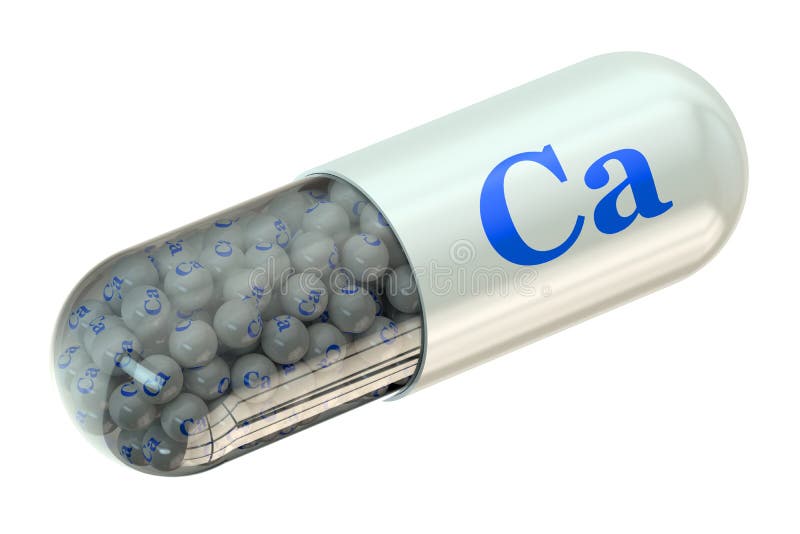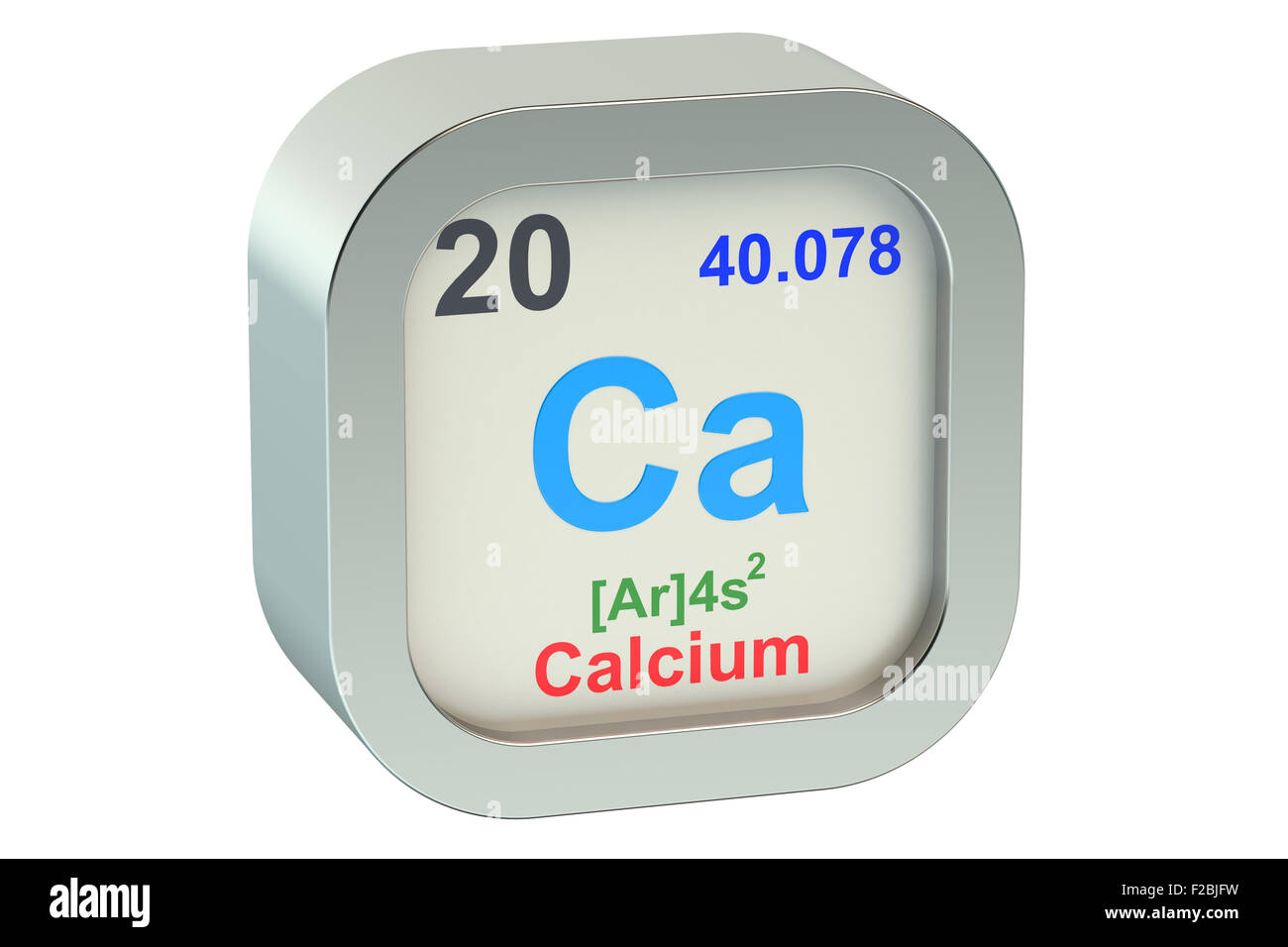
Geological sources Ĭalcite, aragonite and vaterite are pure calcium carbonate minerals. A transparent variety called Iceland spar (shown here) was used to create polarized light in the 19th century. Occurrence Calcite is the most stable polymorph of calcium carbonate. The ability of phase selection is usually attributed to the use of specific macromolecules or combinations of macromolecules by such organisms.

Moreover, they exhibit a remarkable capability of phase selection over calcite and aragonite, and some organisms can switch between the two polymorphs. Organisms, such as molluscs and arthropods, have shown the ability to grow all three crystal polymorphs of calcium carbonate, mainly as protection (shells) and muscle attachments. Some polyamines such as cadaverine and Poly(ethylene imine) have been shown to facilitate the formation of aragonite over calcite.

For example, the formation of aragonite is promoted by the presence of magnesium ions, or by using proteins and peptides derived from biological calcium carbonate.

Microscopic Calcite and VateriteĪragonite occurs in majority when the reaction conditions inhibit the formation of calcite and/or promote the nucleation of aragonite. However, aragonite, whose stability lies between those of vaterite and calcite, seems to be the exception to this rule, as aragonite does not form as a precursor to calcite under ambient conditions. This behavior seems to follow Ostwald's rule, in which the least stable polymorph crystallizes first, followed by the crystallization of different polymorphs via a sequence of increasingly stable phases. In additive-free aqueous solutions, calcite forms easily as the major product, while aragonite appears only as a minor product.Īt high saturation, vaterite is typically the first phase precipitated, which is followed by a transformation of the vaterite to calcite. Crystallization Crystal Structure of Calcite and AragoniteĪll three polymorphs crystallize simultaneously from aqueous solutions under ambient conditions.


 0 kommentar(er)
0 kommentar(er)
